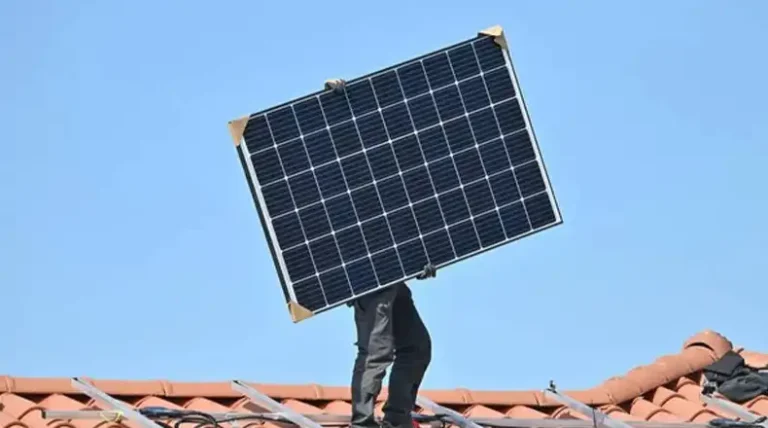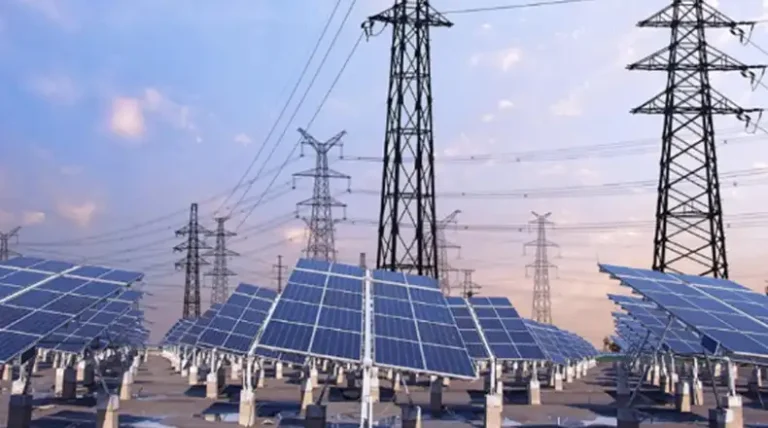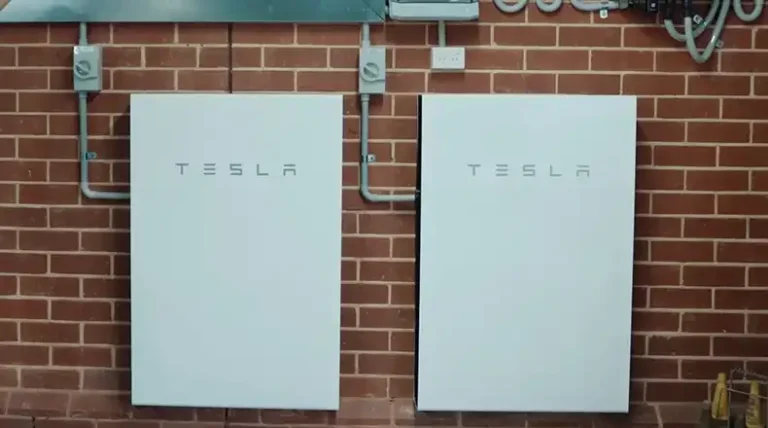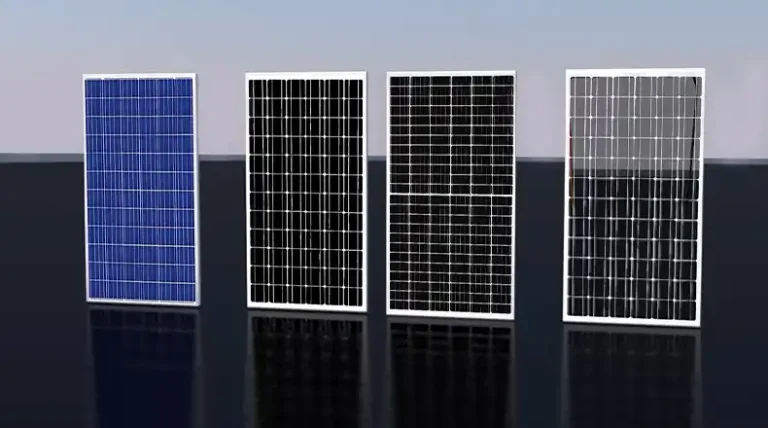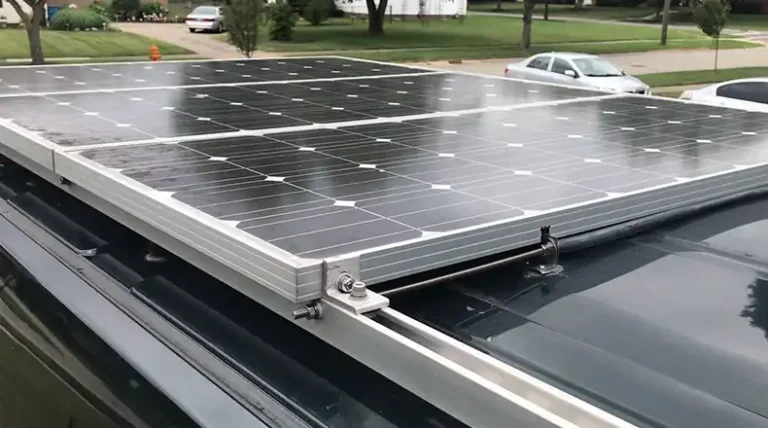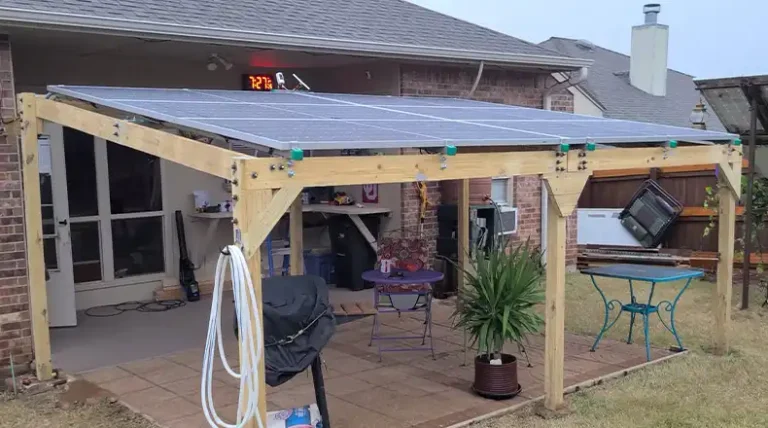How to Connect Two Solar Panels to One Battery? Easy Steps Guide
Solar energy is a clean and renewable source of energy that is becoming increasingly popular as the world transitions away from fossil fuels. One of the great things about solar energy is that it is relatively easy to set up and use. Even beginners can learn how to connect two solar panels to one battery in a few simple steps.
In this article, I will discuss the different ways to connect two solar panels to one battery, as well as the pros and cons of each method. We will also provide a step-by-step guide on how to connect two solar panels to one battery safely and efficiently.
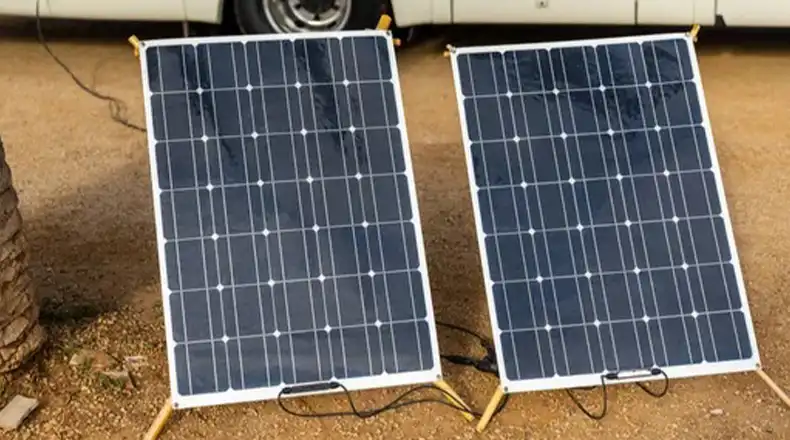
How Do I Connect Two Solar Panels to One Battery
Now that we’ve explored the connection types, let’s break down the steps to connect two solar panels to a single battery. It’s like following a recipe, and when done correctly, the result is a well-charged battery and a big smile on your face.
Before going for the steps, make sure your equipment meets the following requirements.
- Battery voltage: Your battery must be able to handle the voltage output of your solar panel system. If you connect your solar panels in series, the voltage output will be increased. If you connect your solar panels in parallel, the voltage output will remain the same.
- Charge controller: Your charge controller must be able to handle the voltage and current output of your solar panel system. If you connect your solar panels in series, the voltage output will be increased. If you connect your solar panels in parallel, the current output will be increased.
If they do, then proceed with the installation procedure,
Step 1 – Determine whether to connect the solar panels in series or parallel.
Series connections increase the voltage output of the system, while parallel connections increase the current output. The type of connection you choose will depend on your battery and charge controller requirements.
If connecting in series,
- If you have a 12V battery and you need to charge it with two 12V solar panels, you should connect the solar panels in series to increase the voltage output to 24V.
- If you have a 24V battery and you need to charge it with two 12V solar panels, you should connect the solar panels in series to increase the voltage output to 24V.
- If you live in a low-light area, you may want to connect your solar panels in series to improve their efficiency.
If connecting in parallel,
- If you have a 12V battery and you want to increase the current output of your solar panel system, you should connect the solar panels in parallel.
- If your solar panels are partially shaded, you may want to connect them in parallel to improve their efficiency.
- If you have a charge controller that has a limited voltage input, you may need to connect your solar panels in parallel to keep the voltage output below the limit.
Step 2 – Connect the Panel to the Charge Controller and Charge the Controller to the Battery
Connect the charge controller to the battery. Follow the instructions that came with your charge controller.
To connect your solar panels to the charge controller, follow these steps:
- Locate the positive and negative terminals on the solar panels and the charge controller. The positive terminals are typically marked with a red plus sign (+) and the negative terminals are typically marked with a black minus sign (-).
- Connect the positive terminal of one solar panel to the positive terminal of the charge controller.
- Connect the negative terminal of the solar panel to the negative terminal of the charge controller.
- Repeat steps 2 and 3 for the other solar panel.
To connect the charge controller to the battery, follow these steps:
- Locate the positive and negative terminals on the battery and the charge controller.
- Connect the positive terminal of the charge controller to the positive terminal of the battery.
- Connect the negative terminal of the charge controller to the negative terminal of the battery.
Different Connection Types You Will Have While Connecting Two Solar Panels
When it comes to connecting two solar panels to a single battery, you have two primary options: series connection and parallel connection. Each method has its pros and cons, and the one you choose depends on your specific needs and the components you’re working with.
Series Connection
When connecting two solar panels in series, the positive terminal of one panel is connected to the negative terminal of the other panel, and so on. This method increases the voltage of the system, but it does not increase the current.
Same Currents and Voltages
If you connect two solar panels in series that have the same voltage and current, the system will have the same voltage and current as each individual panel.
Different Currents
If you connect two solar panels in series that have different currents, the system will have the current of the panel with the lowest current.
Different Voltages
If you connect two solar panels in series that have different voltages, the system will have the voltage of the summation of the two panels voltage.
Parallel Connection
When connecting two solar panels in parallel, the positive terminals of both panels are connected together, and the negative terminals of both panels are connected together. This method increases the current of the system, but it does not increase the voltage.
Same Currents and Voltages
If you connect two solar panels in parallel that have the same voltage and current, the system will have the same voltage and current as each individual panel.
Different Currents
If you connect two solar panels in parallel that have different currents, the system will have a current that is the sum of the currents of both panels.
Different Voltages
If you connect two solar panels in parallel that have different voltages, the system will have the voltage of the panel with the lowest voltage.
Final Thoughts
Connecting two solar panels to one battery can be a fantastic way to harness the power of the sun for your energy needs. Whether you choose a series or parallel connection depends on your specific requirements. Remember to gather the right tools, follow the steps carefully, and prioritize safety. With the right setup, you can enjoy the benefits of renewable energy while reducing your carbon footprint.

